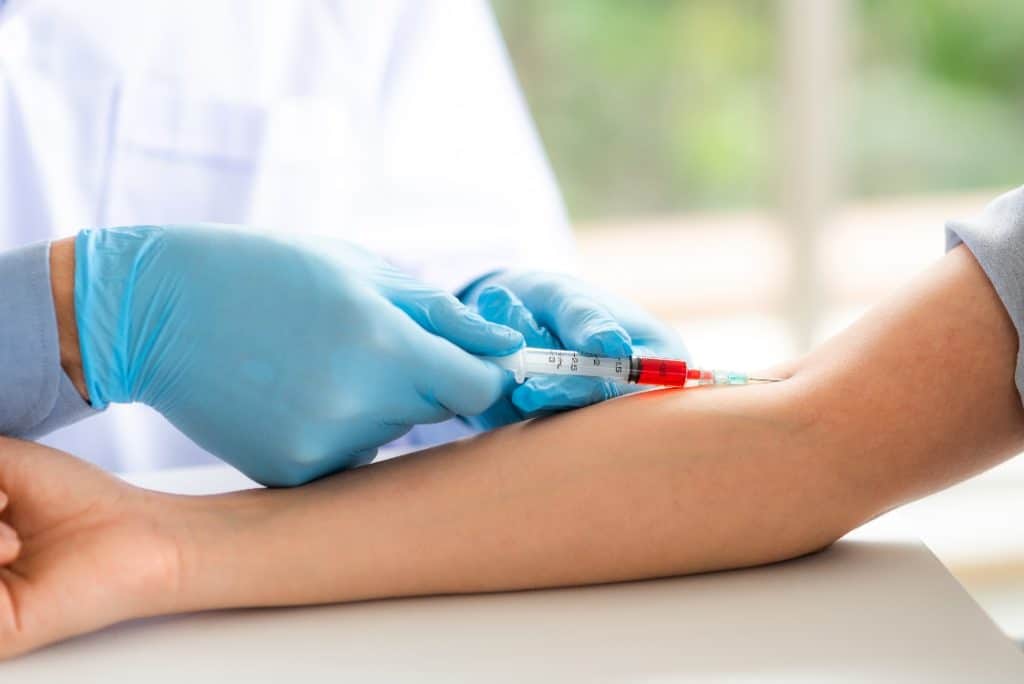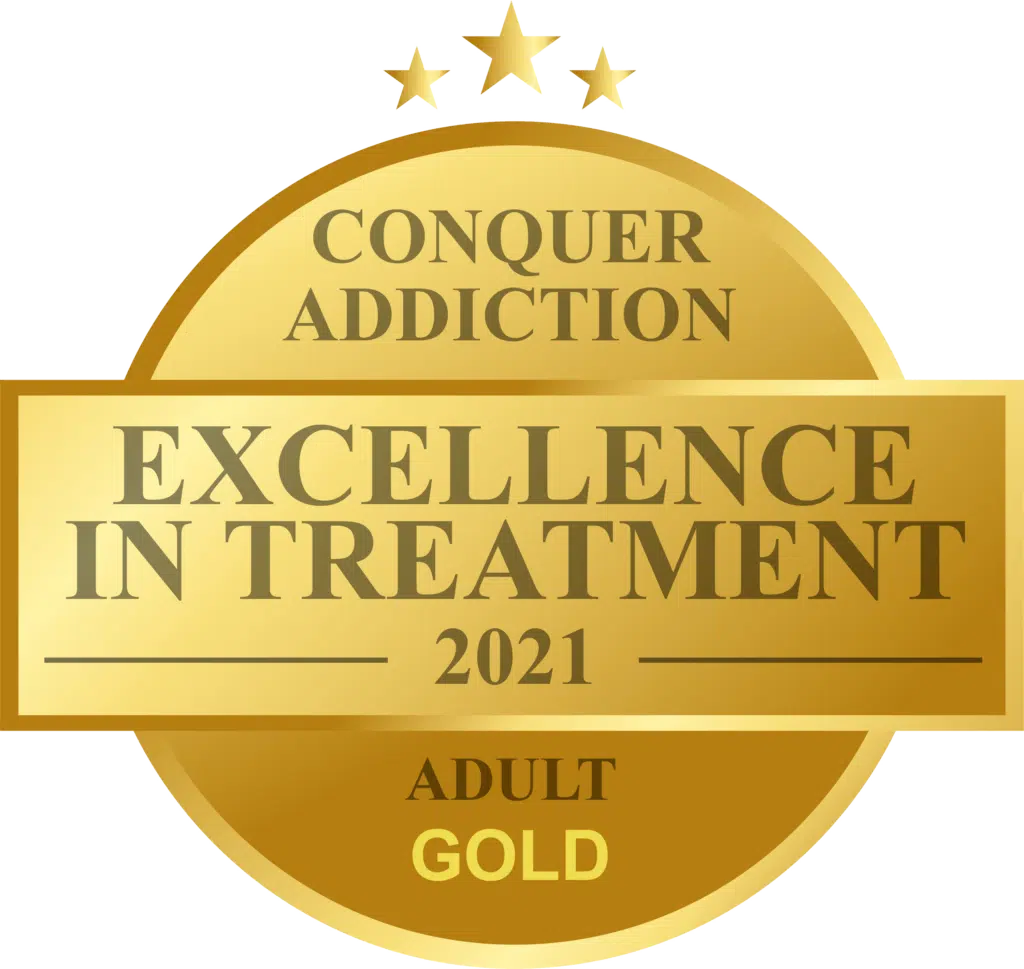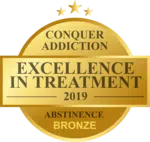When individuals use drugs like LSD Lysergic Acid Diethylamide, they often wonder how long LSD will stay in their system. Most test results will vary depending on if you are using human urine, saliva, blood, or hair. Other factors that affect the test results of a drug test include the type of drug testing, collection type, tool being used, and the reliability of the test.
What is Lysergic Acid Diethylamide LSD?
LSD Lysergic Acid Diethylamide, commonly referred to as LSD or acid, is a hallucinogenic drug that is highly potent. It is made from lysergic acid, which is derived from some fungus that grows on rye and other grains. LSD is typically sold in the form of liquids, capsules, or small tablets. A solution of liquid LSD is commonly added to blotting paper and divided into decorated squares.
LSD substance use in individuals causes many side effects including mood swings and hallucinations. Some of the most common street names that LSD (acid) users use include blotter acid, blotters, window pane, dots, mellow yellow, and yellow sunshine. The main purposes for people taking LSD substances are the euphoric effects that result in the body from LSD use. While LSD is not typically associated with physical addiction, persistent use can lead to psychological dependence, often referred to as LSD addiction.
Effects of LSD
LSD Lysergic Acid Diethylamide can cause some health side effects in those who use these substances including:
-
Changes in perception of time (seeming to pass more slowly than normal)
-
Loss of appetite
-
Rapid mood swings
-
Dilated pupils
-
Dry mouth
-
Increase in body temperature
-
Increase in blood pressure and heart rate
-
Sweating
-
Panic
-
Trouble sleeping
-
Tremors
-
Impaired judgment
-
Hallucinations
-
Synesthesia (“seeing” sounds or “hearing” colors)
-
Distorted sense of movements, sounds, colors, body image, touch, and the size and shape of objects
-
Delusions
In some cases, users may experience long-term effects such as hallucinogen-persisting perception disorder, which involves persistent flashbacks and visual disturbances.
How LSD Works in the Body
LSD, or lysergic acid diethylamide, is a powerful hallucinogenic drug that primarily affects the brain’s neurotransmitter systems, especially serotonin. When ingested, LSD is quickly absorbed into the bloodstream and makes its way to the brain. Here, it binds to serotonin receptors, particularly the 5-HT2A receptor, which plays a crucial role in mood, perception, and cognition.
This binding process disrupts the normal functioning of the brain’s neurotransmitter systems, leading to the profound hallucinogenic effects associated with LSD. One of the key areas affected is the brain’s default mode network, which is involved in introspection, self-reflection, and imagination. By altering the activity of this network, LSD can induce intense introspective experiences and altered states of consciousness.
Additionally, LSD significantly impacts the brain’s visual processing systems, resulting in the vivid visual distortions and hallucinations that users often report. These effects can range from seeing geometric patterns and vibrant colors to experiencing complex, dream-like visions.
How Long Does LSD Stay in Your System?
When a person takes LSD (acid) orally the intestinal system absorbs it, and it is transferred to bloodstream. Once it hits the bloodstream it travels to other areas of the body, and results in changes in certain parts the body such as the liver function.
Researchers experience many challenges when detecting LSD drugs in human tissue samples and data. People only ingest small amounts, so detection methods need to be extremely sensitive to detect results of LSD use. While LSD may not be classified strictly as drug abuse, its use can lead to psychological dependence and other long-term harmful consequences. The liver breaks down LSD quite rapidly which restricts the amount of time of LSD detection, making it harder for physicians to find it.
Timeline of LSD Effects
The effects of LSD typically unfold over several hours, following a distinct timeline:
-
Onset: Within 30-90 minutes after ingestion, users may start to notice changes in mood, perception, and visual distortions. This initial phase can vary in intensity depending on the dose and individual sensitivity.
-
Peak: About 1-3 hours after ingestion, the effects of LSD reach their peak. During this stage, users often experience the most intense visual hallucinations, altered perception, and significant mood changes. This is when the drug’s effects are most pronounced.
-
Plateau: Approximately 3-6 hours after ingestion, the effects begin to plateau. Users may feel a sense of calm and introspection, with the intensity of hallucinations and perceptual changes gradually diminishing.
-
Come-down: Between 6-12 hours after ingestion, the effects of LSD start to wear off. Users often experience a sense of fatigue and disorientation as they return to their normal state of consciousness.
Factors that Affect the Duration of LSD Effects
Several factors can influence how long the effects of LSD last:
-
Dose: The amount of LSD ingested plays a significant role in determining the duration of its effects. Higher doses typically result in longer-lasting and more intense experiences.
-
Method of ingestion: The way LSD is taken, whether orally or intravenously, can affect how quickly it takes effect and how long it lasts. Oral ingestion is the most common method and usually leads to a gradual onset and prolonged duration.
-
Individual tolerance: Users who have developed a tolerance to LSD may find that the effects are shorter-lived and less intense. Tolerance can build up with repeated use, requiring higher doses to achieve the same effects.
-
Other substances: The use of other substances, such as alcohol or cannabis, can interact with LSD and alter the duration and intensity of its effects. These interactions can be unpredictable and may enhance or diminish the overall experience.
LSD Drug Testing
Many things can influence the detection of LSD, including a person’s age, overall health, and how much of the drug they have taken. One of the most important factors in detection is the timing of the LSD screening test. This means that whenever the person stops using or is “cut off” will determine how accurate it may be. The different types of testing that can be used for LSD includes a urine, blood, or hair follicle test. The most common is the urine screening.
Types of Drug Tests
There are many types of health drug tests that LSD users can use to detect Lysergic Acid Diethylamide (LSD) in their system. There are some drug tests that serve purposes such as for employment, or data for a court case. Depending on the type of test, physicians will use a specific tool to determine the levels of drugs in a person’s system.
The most common types of testing are urine tests, a blood test, and hair follicle tests. The result of each test will vary depending on how LSD was taken, product development and other underlying health conditions.
Blood Test
In some blood samples participants blood tests were able to detect LSD 16 hours after participants had been given 200 micrograms. For participants given a dose half that size, LSD was detectable 8 hours after administration.
Urine Test
A urine test is not the most reliable way to find LSD results, but a urine test can detect LSD for up to eight hours. Urine samples are the most common method of testing.
Hair Test
Many hair tests are helpful in testing and can detect many drugs for up to 90 days after use. But when it comes to LSD drug use, there is not enough information to say how reliable a hair follicle test can detect it.
LSD Metabolism and Breakdown
LSD is primarily metabolized in the liver, where it is broken down into several inactive metabolites. This process is influenced by various factors, including liver function and enzyme activity. The liver’s ability to metabolize LSD efficiently can significantly impact how long the drug stays in the system and how long its effects last.
Factors that Influence LSD Metabolism
Several factors can affect the metabolism of LSD:
-
Liver function: The liver plays a crucial role in breaking down LSD. Individuals with impaired liver function, such as those with liver disease, may experience slower metabolism and prolonged effects.
-
Enzyme activity: The activity of certain enzymes, particularly CYP2D6, can influence how quickly LSD is metabolized. Variations in enzyme activity can lead to differences in how individuals process the drug.
-
Other substances: The use of other substances, such as alcohol or cannabis, can affect the metabolism of LSD. These substances can either inhibit or enhance the activity of liver enzymes, altering the breakdown of LSD.
-
Age: Older individuals may experience slower metabolism of LSD due to age-related changes in liver function and enzyme activity.
-
Weight: Individuals with a higher body mass index (BMI) may have a slower metabolism of LSD, as the drug can be distributed in body fat.
-
Diet: A diet high in fat can affect the metabolism of LSD, potentially slowing down the process and prolonging the drug’s effects.
-
Other medical conditions: Certain medical conditions, such as liver disease, can significantly impact the metabolism of LSD, leading to altered effects and duration.
By understanding these factors, individuals can better anticipate how LSD might affect them and take necessary precautions to ensure a safer experience.
Is LSD a Schedule I Drug?
According to the United States Drug Enforcement Agency (DEA) some drugs may be classified as a schedule I drug due to the harmful effects in can cause. A schedule I drug has a high risk for abuse, has no medical uses currently accepted in the U.S., and has a lack of accepted safety for use under medical supervision.
Dangers of LSD
Using LSD can cause negative health effects and consequences in those who use the drug. Keep in mind that LSD can have extremely powerful features that can alter your perception and judgement. This might make you more likely to take risks or do things you otherwise would not do. It is important to remember this information when using the drug, to avoid these risks.
-
Do not take it while you are alone. Ensure that you have another person with you who is sober that could intervene if things go wrong.
-
Start slow. Allow plenty of time for the effects to kick in and begin with a low dose before taking more.
-
Think about your environment. Make sure you are in a comfortable, safe place.
-
Do not mix drugs. Do not combine LSD with alcohol or other drugs.
-
Know when to avoid using it. Use extreme caution or do not use LSD at all if you have a preexisting mental health condition, or if you are taking any additional medications along with it that may interact poorly with LSD.
-
Choose the right time. Because the effects of LSD can be intense. it is best to only use it when you are in the right state of mind.
LSD Drug Addiction
Addiction is a huge growing problem in the United States that effects many individuals and their families. Addiction can be classified as a health disorder that causes a person to have intense cravings and they have a hard time stopping drug or alcohol use.
Like other drugs, LSD can become addictive if it is used for a prolonged period and dependence occurs. LSD is not like a typical drug that has properties that cause uncontrollable urges or cravings, but it can cause psychological dependence and people may develop a tolerance to it.
For those who are suffering from any type of addiction, treatment can be helpful in learning the right coping strategies that trigger substance use. Successful treatment has been known to help individuals overcome the struggles that come with addiction.
AToN Center is a highly recognized treatment center that treats all addictions. If you or a loved one are looking for help, please contact our team for assistance and to get more info on our programs.
Addiction Treatment at AToN Center
AToN Center is a luxury drug and alcohol addiction treatment center that treats people struggling with substance abuse. Our treatment program addresses the underlying effects of addiction, in a therapeutic, comforting environment for all patients.
At AToN Center the amenities are endless and include a world class chef, on-site gym and pools, a low staff to client ratio and many holistic treatment options for those looking for non-12 step traditions treatment.
When our patients are suffering from addiction, we feel for them and their family, and we want to do anything we can to help them. Our programs are individualized based on the patients we serve, and we customize the treatment plan to meet their needs. No matter what type of treatment you are looking for, whether it is a traditional 12-step program or a non-traditional holistic method, we can help you.
For more information on our program or if you are looking for a specific service, please contact our team. Our contact info is at the bottom of the page. We would be happy to discuss your options, evaluate your health information and determine the right treatment program for you.
Originally posted on May 6, 2021 @ 5:00 am




















